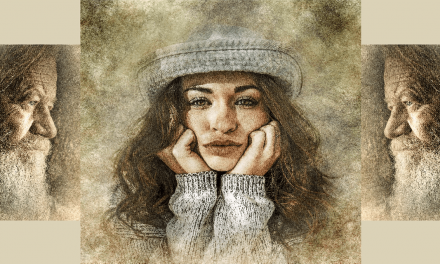You may have heard this before but I’ll say it again: People buy games. People with names and faces, homes and families. Real people, not abstract buyers. In fact, they’re so real that they may just have a dog, and a mortgage, and a little one on the way. So, why not narrow your focus? Why not pick out 1 or 2 faces to represent your ideal market? Your dream buyer and your dream player. Here’s mine, let’s call them Sarah and Albert.

Sarah is happy go lucky – which helps me keep my spirits up and reminds me to have fun and not take myself too seriously. And Albert is me, or could have been, when I was younger. He reminds me to include that little something extra in my games, a strategy or a mechanic, and some kind of reward for those who discover it.
So, let me ask you, Who are your representative players/buyers? Can you picture them? Why not take a few minutes and mentally make a list of what they might be like – young, old, men, women, children – and what their interests are – hiking, boating, sailing, playing ball, collecting china dolls – whatever you imagine them doing. Do you have them clearly in mind? Good.
Now take a few minutes to browse through those back issues of magazines you subscribe to and find your muse or muses. And if you can’t find what you’re looking for, why not mock something up – a set of eyes from here and a nose and mouth from over there. Whatever it takes. Ready? Good. Now pin it to the wall, stand back, and let’s have a look at your muse.
Is it a pair of little charmers? A gruff old goat? A young couple holding hands?
Whatever it is – whoever they are – they are your muse and you should listen to them. And design with them in mind. They’ll never let you down. They are real people (real to you) and no longer abstract. And they’re so real that they may just jump off the wall and whisper in your ear. Remember to listen when they do.





